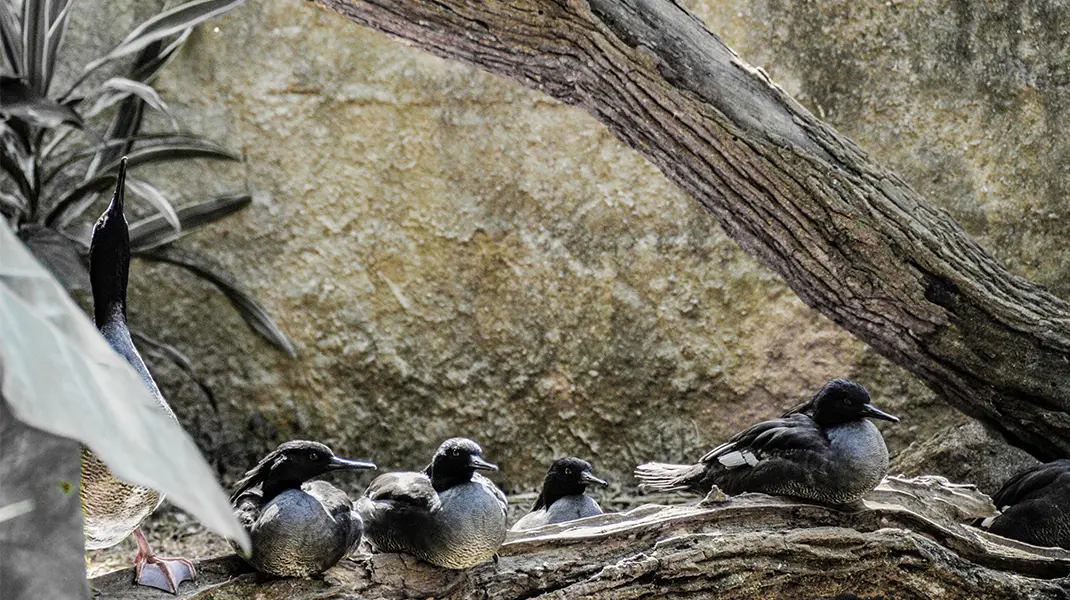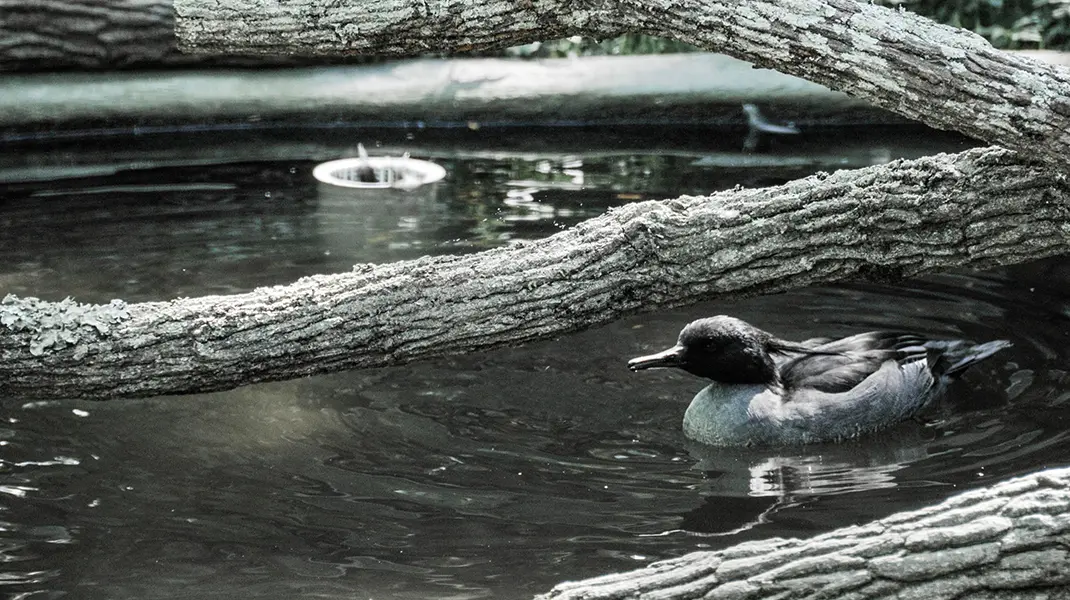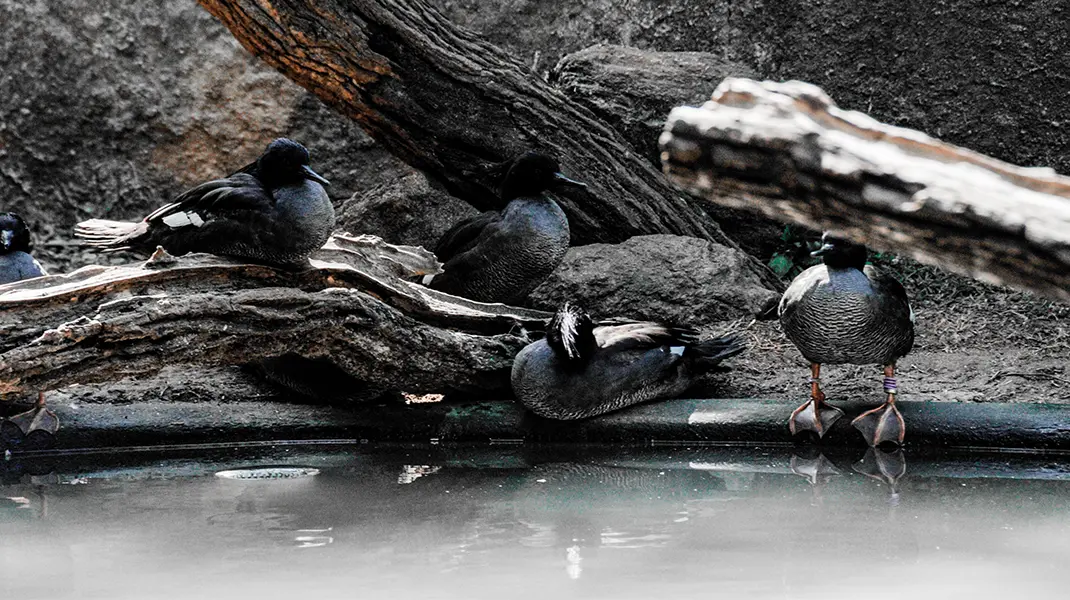
Brazilian Merganser
Get to know the Brazilian Merganser and PAN's program to save it from the high risk of extinction, which was supported by BluestOne.
A rare bird from the Cerrado
The Brazilian Merganser (Mergus octosetaceus) is one of the most threatened waterbirds in the world, included on the IUCN (International Union for Conservation of Nature) Red List, as Critically Endangered. To help reverse this scenario, BluestOne will work in partnership with other institutions towards the conservation and quality of life of the species.
According to researchers from PAN (National Action Plan for the Conservation of the Brazilian Merganser), there are between 200 and 250 birds in the wild, found in Minas Gerais, Goiás and Tocantins.
Considered a bioindicator because its presence determines an ecosystem in balance, and because of the great importance that the species represents in the fight to conserve biodiversity, the Brazilian Merganser received the title of Ambassador of Brazilian Waters through the 8th World Water Forum, strengthening the conservation of water quality and, consequently, the balance of ecosystems.
BluestOne has supported PAN for years, helping the species to escape the risk of extinction. This requires very important actions, which are:
Scientific expeditions to collect their eggs in the wild, arking a population to create a genetic reserve and reproduce the species under human care. Thus, the chicks can be reintroduced into the wild to create a population with safe genetic variability and remove the Brazilian Merganser from the risk of extinction.
In partnership with USP Pirassununga and Itatiba Zooparque, we are developing biotechnology techniques for the conservation of Brazilian Mergansers through artificial insemination.
A major scientific partnership is being developed between BluestOne, the USP Zoology Museum and Itatiba Zooparque, tracking free-ranging Mergansers for satellite monitoring. In this way, the research will answer some gaps in knowledge about the distribution of young birds of the species in the only three areas where they are found: Serra da Canastra, Chapada dos Veadeiros and Jalapão.
There is still a lot of work to be done, but we will achieve balance in biodiversity conservation!




